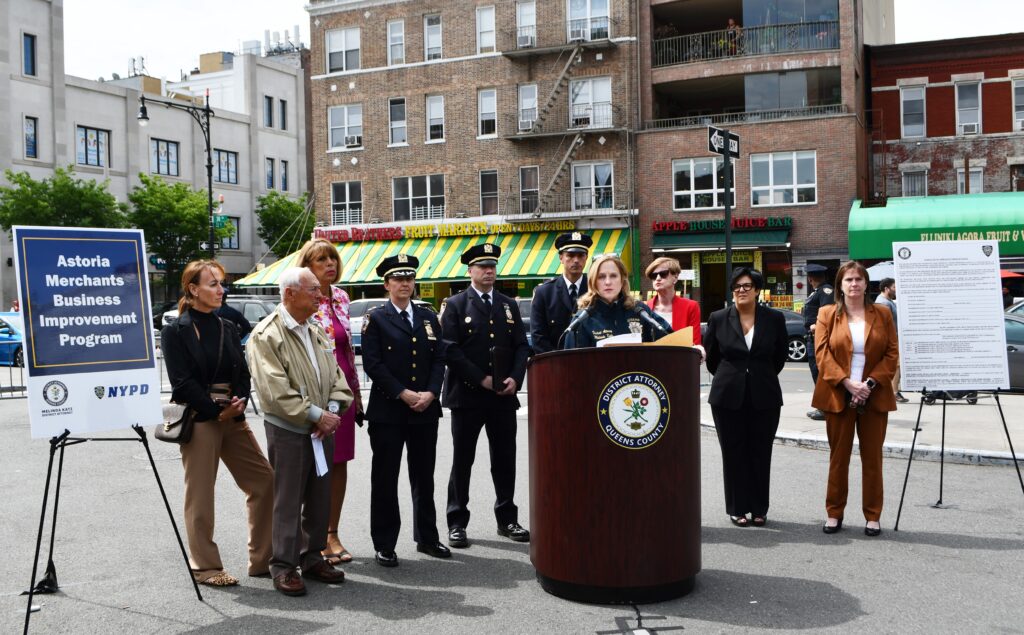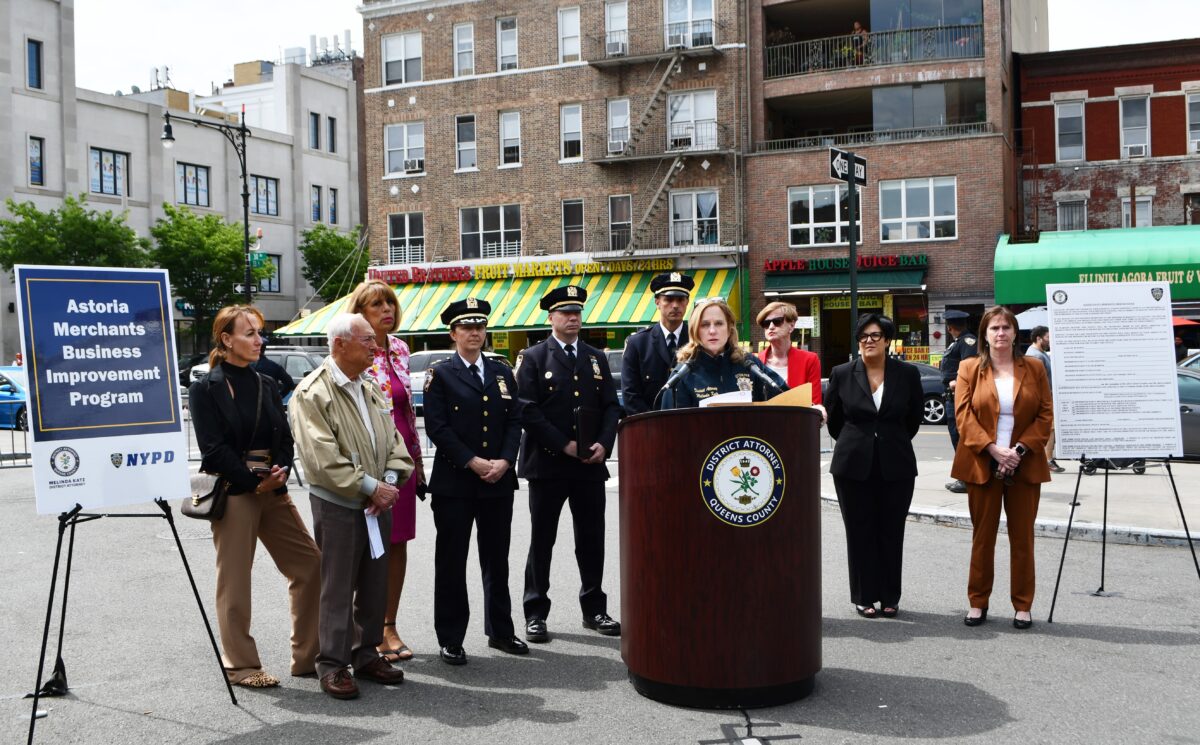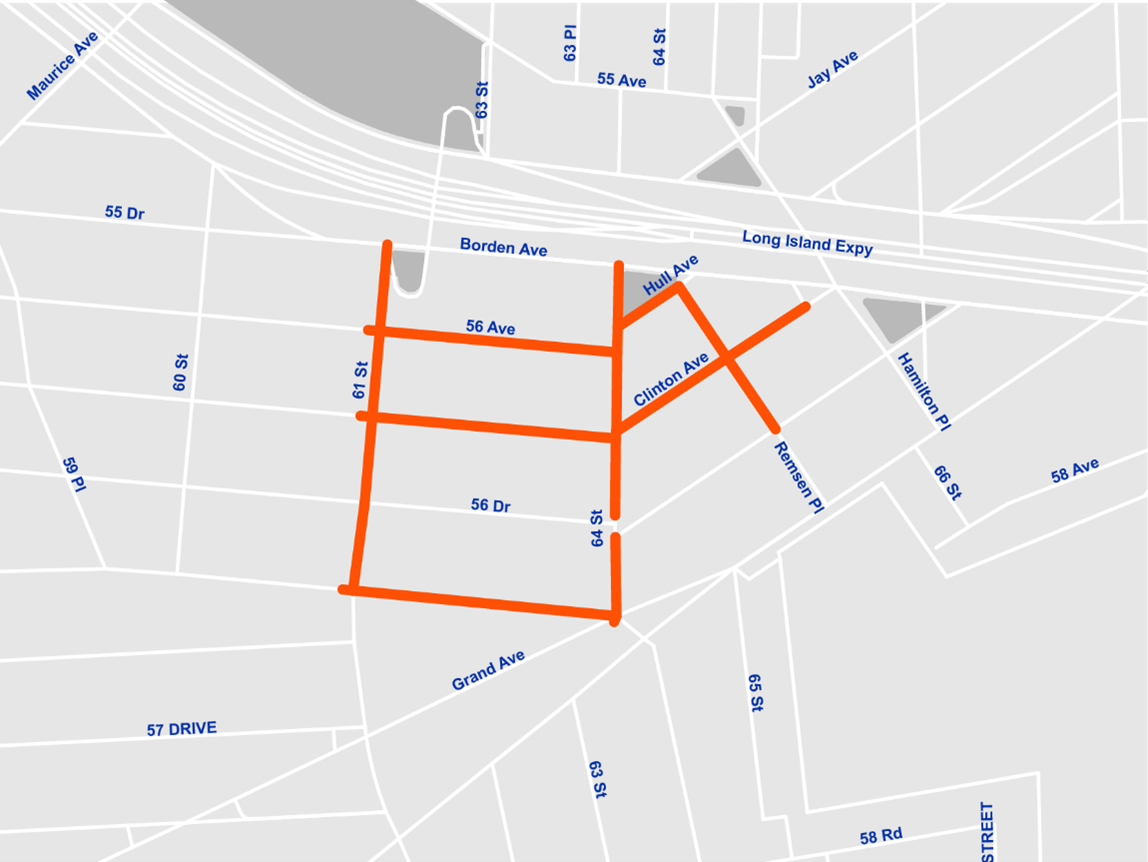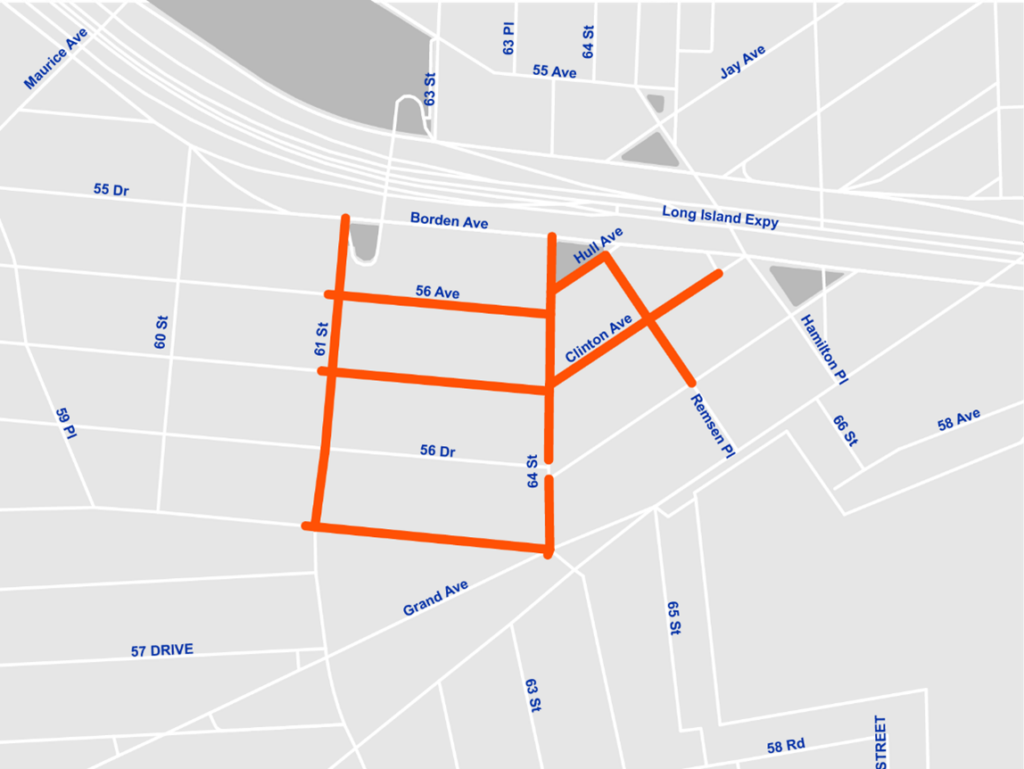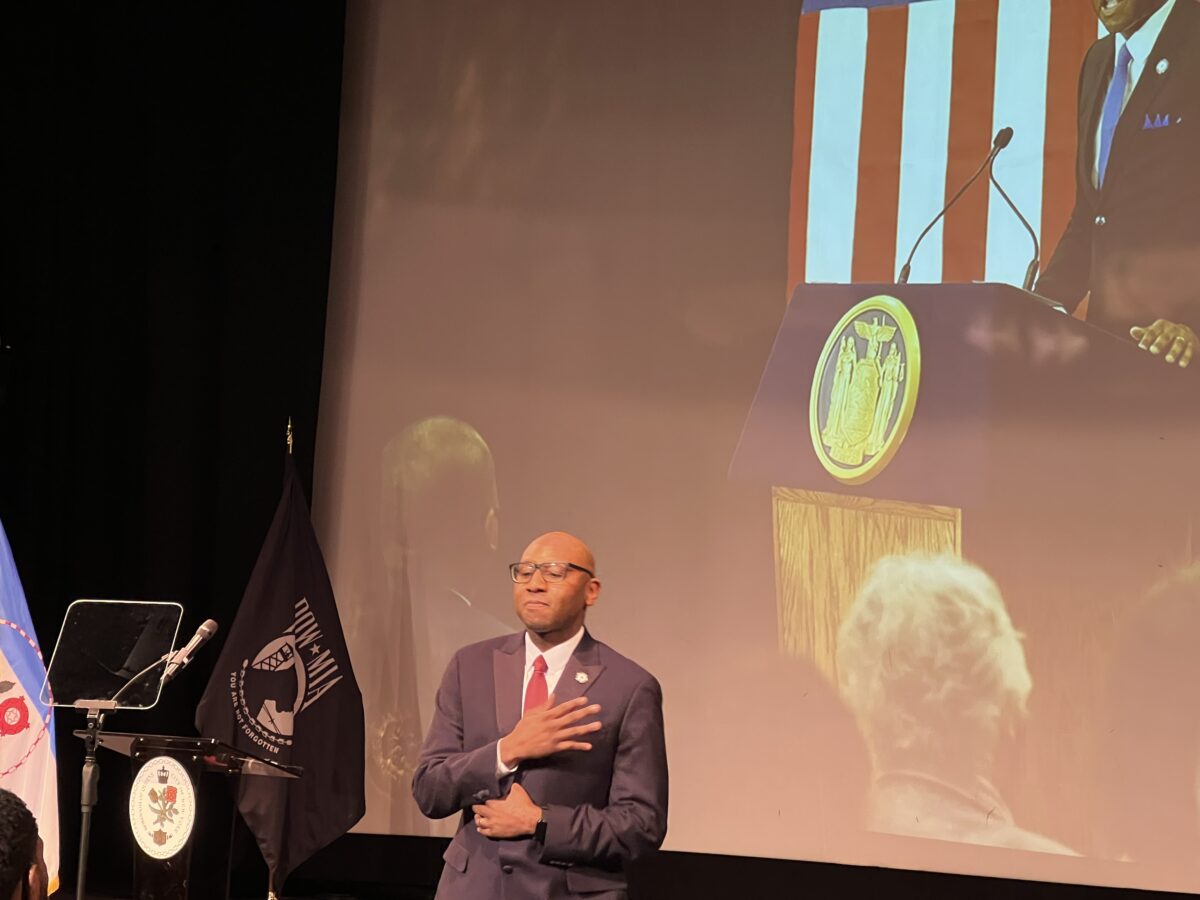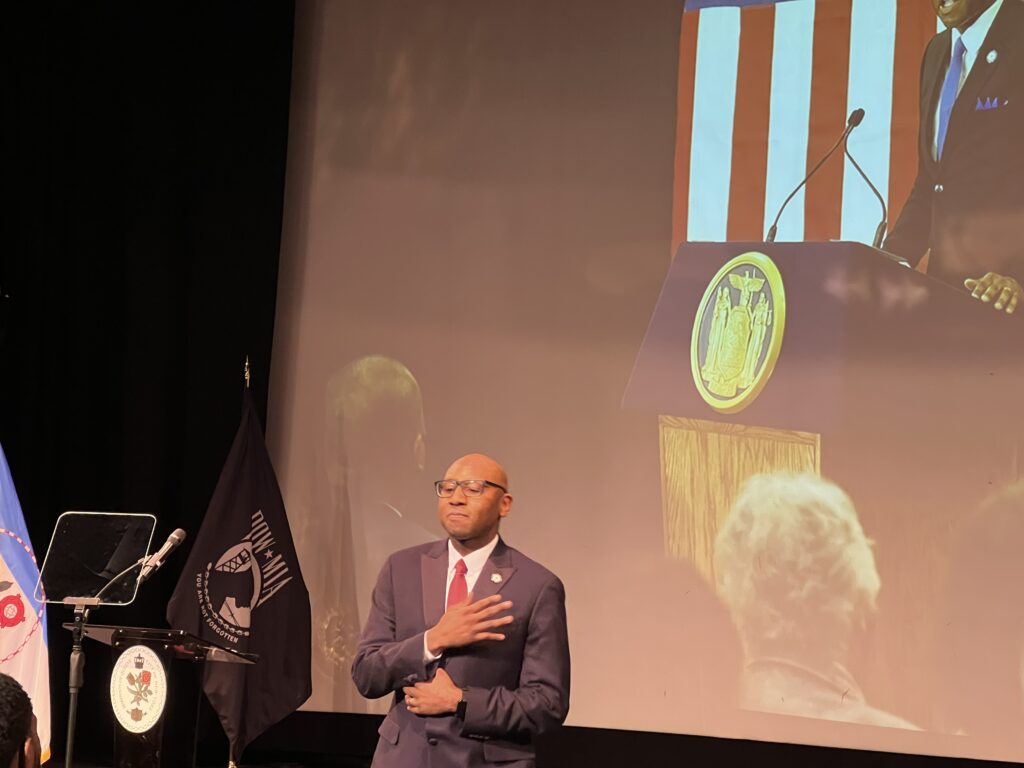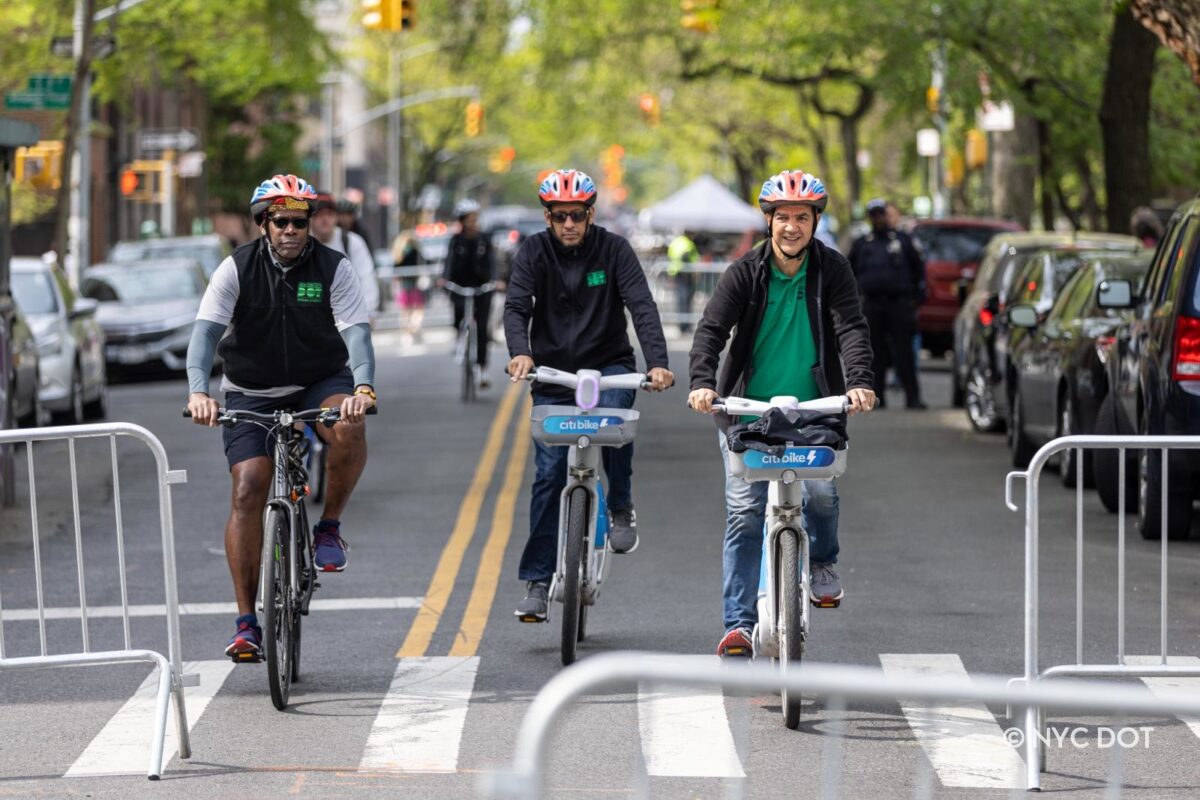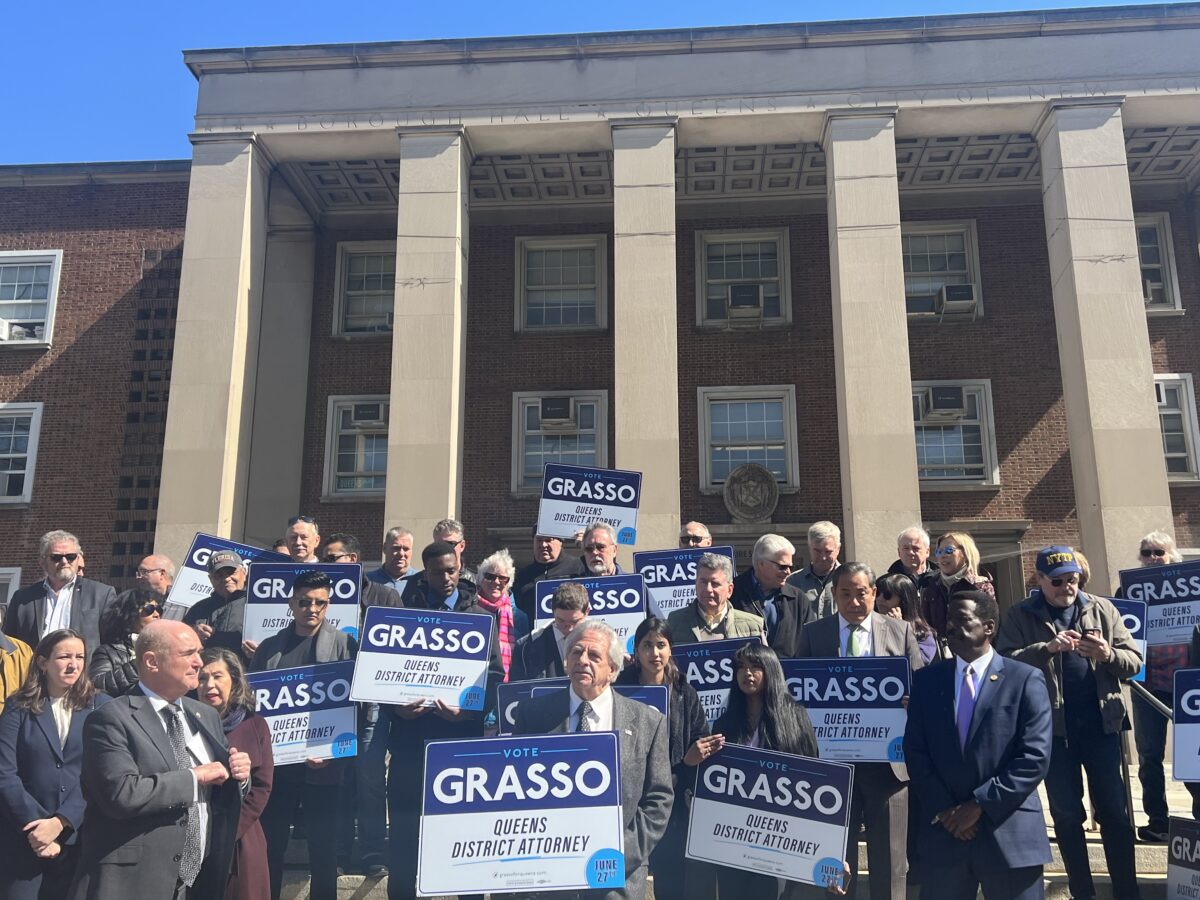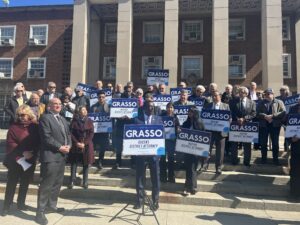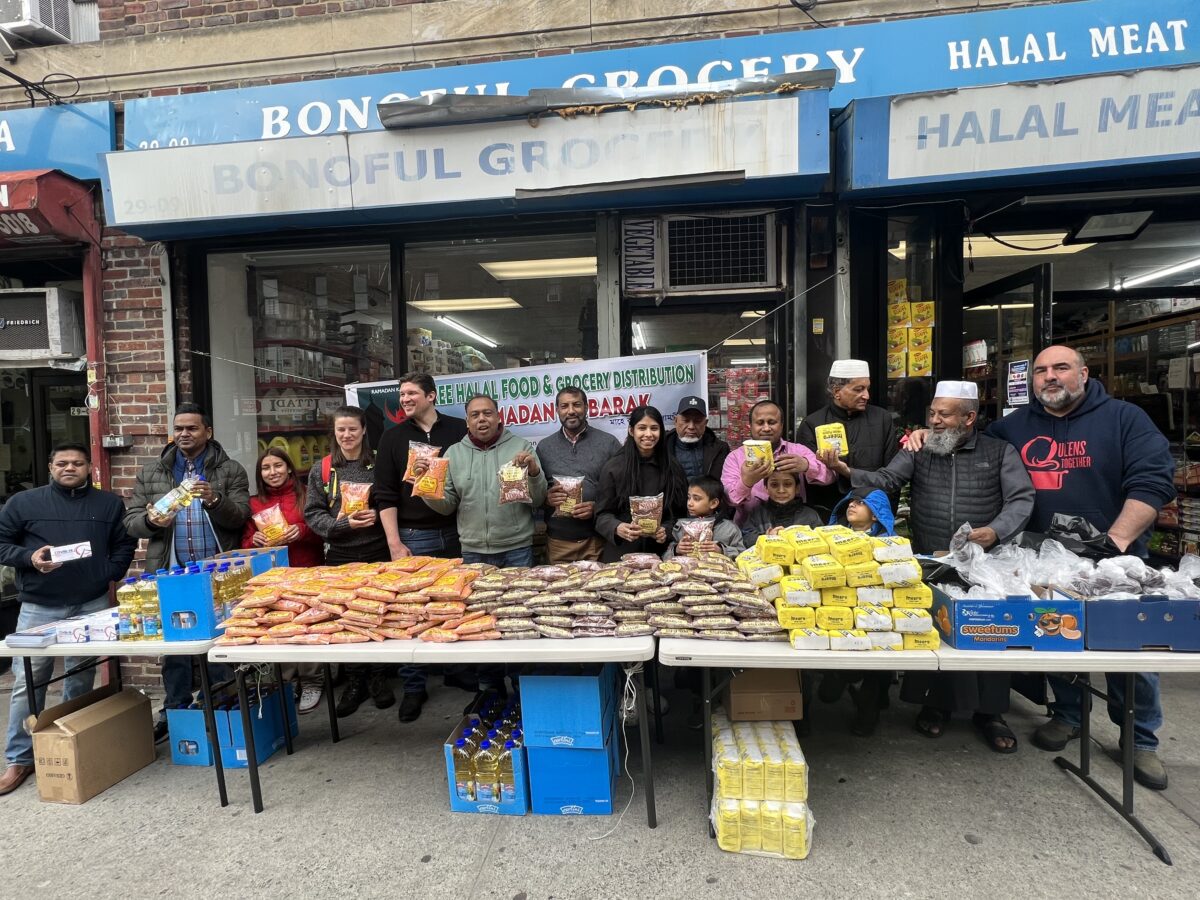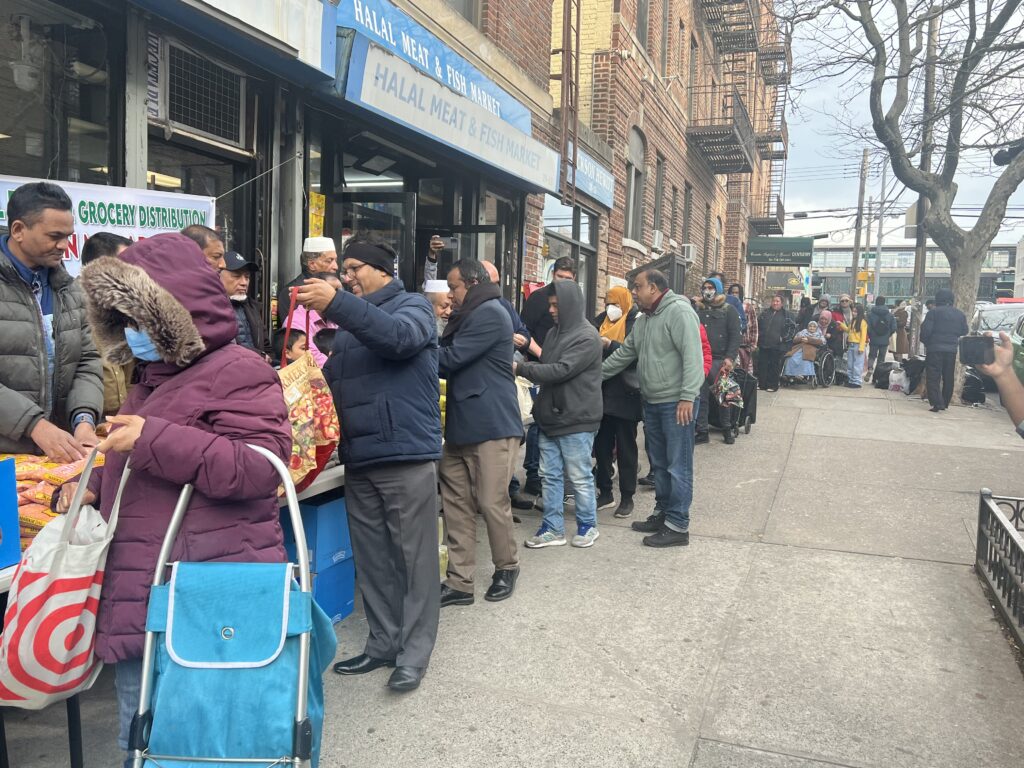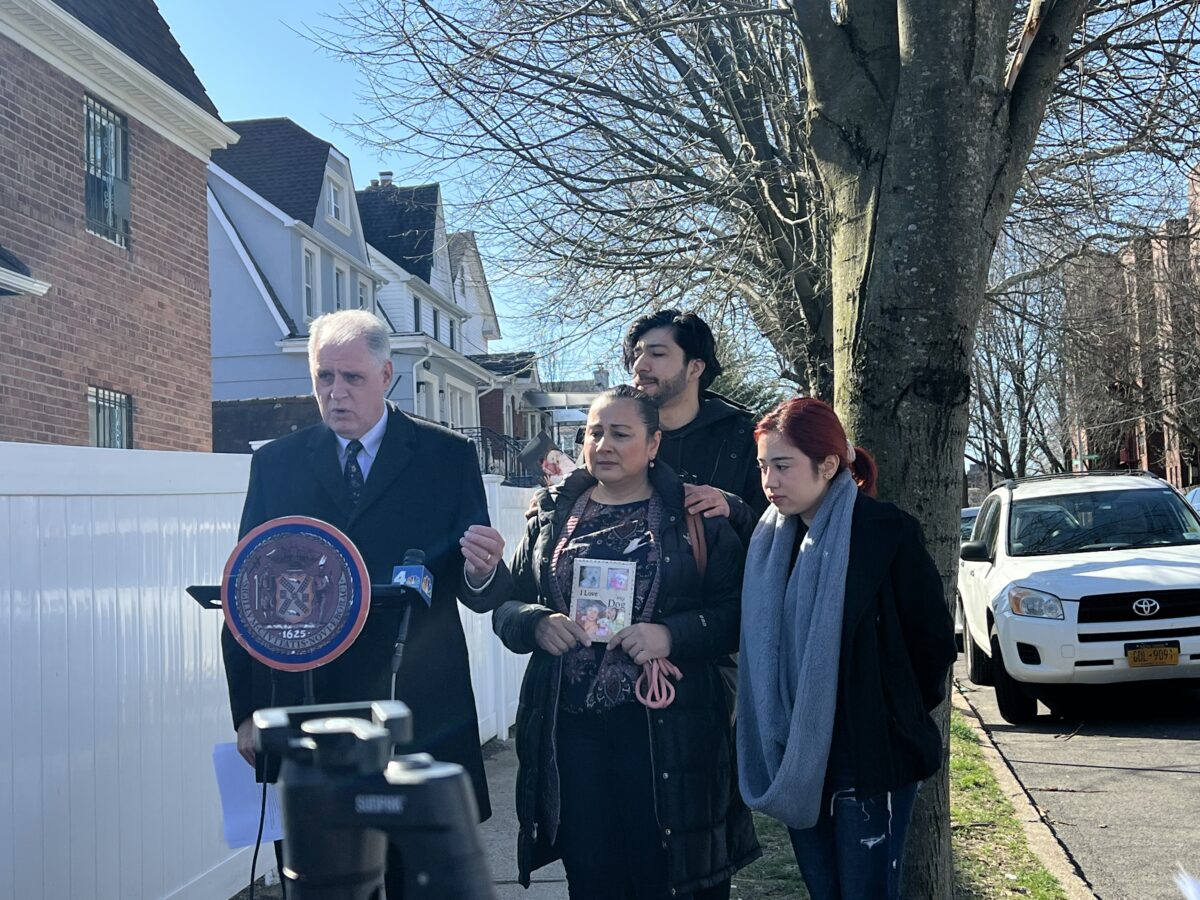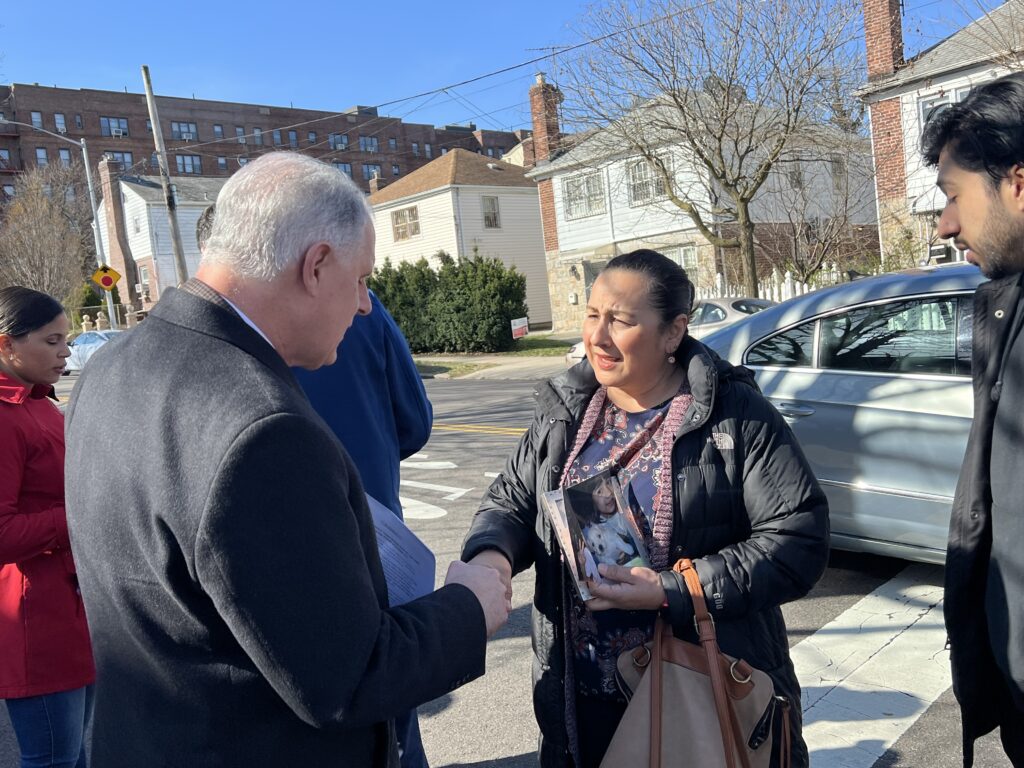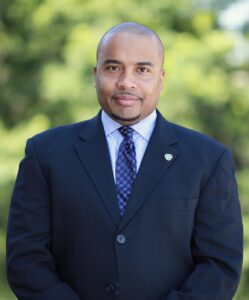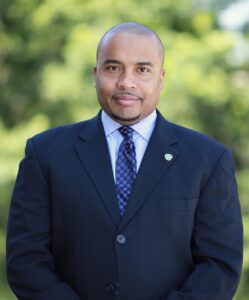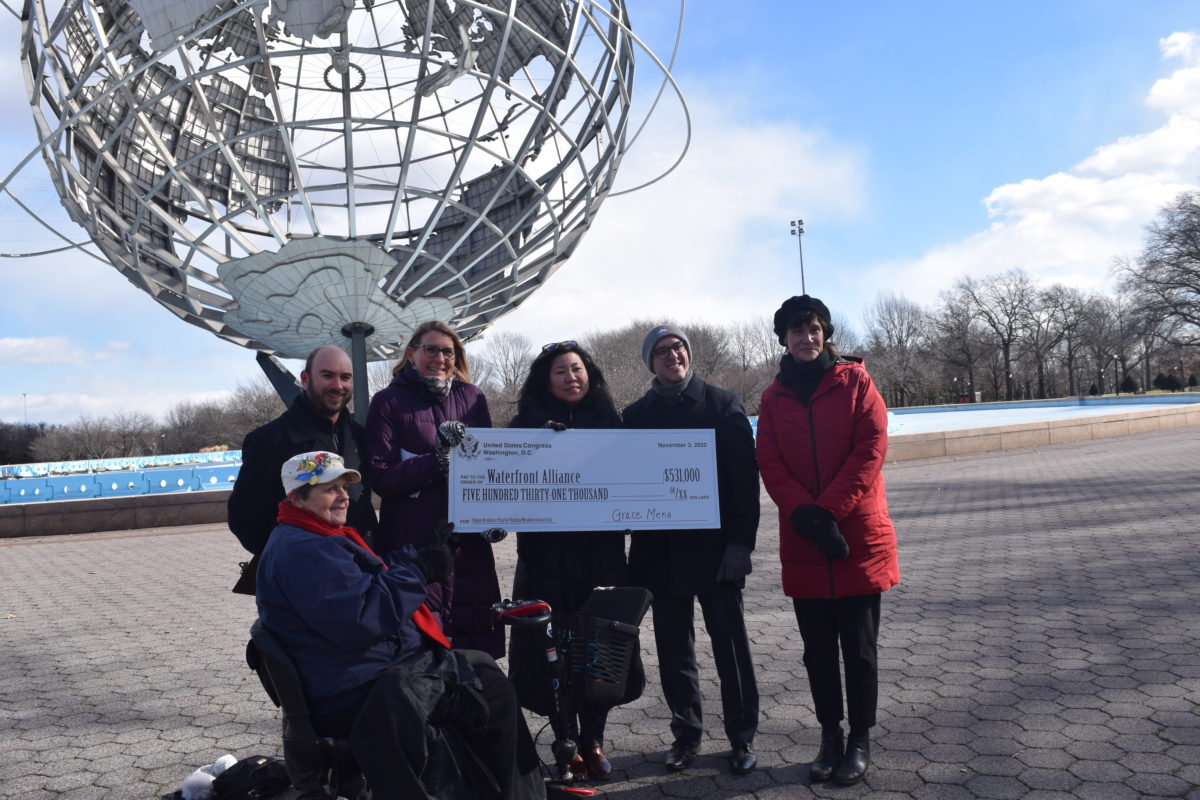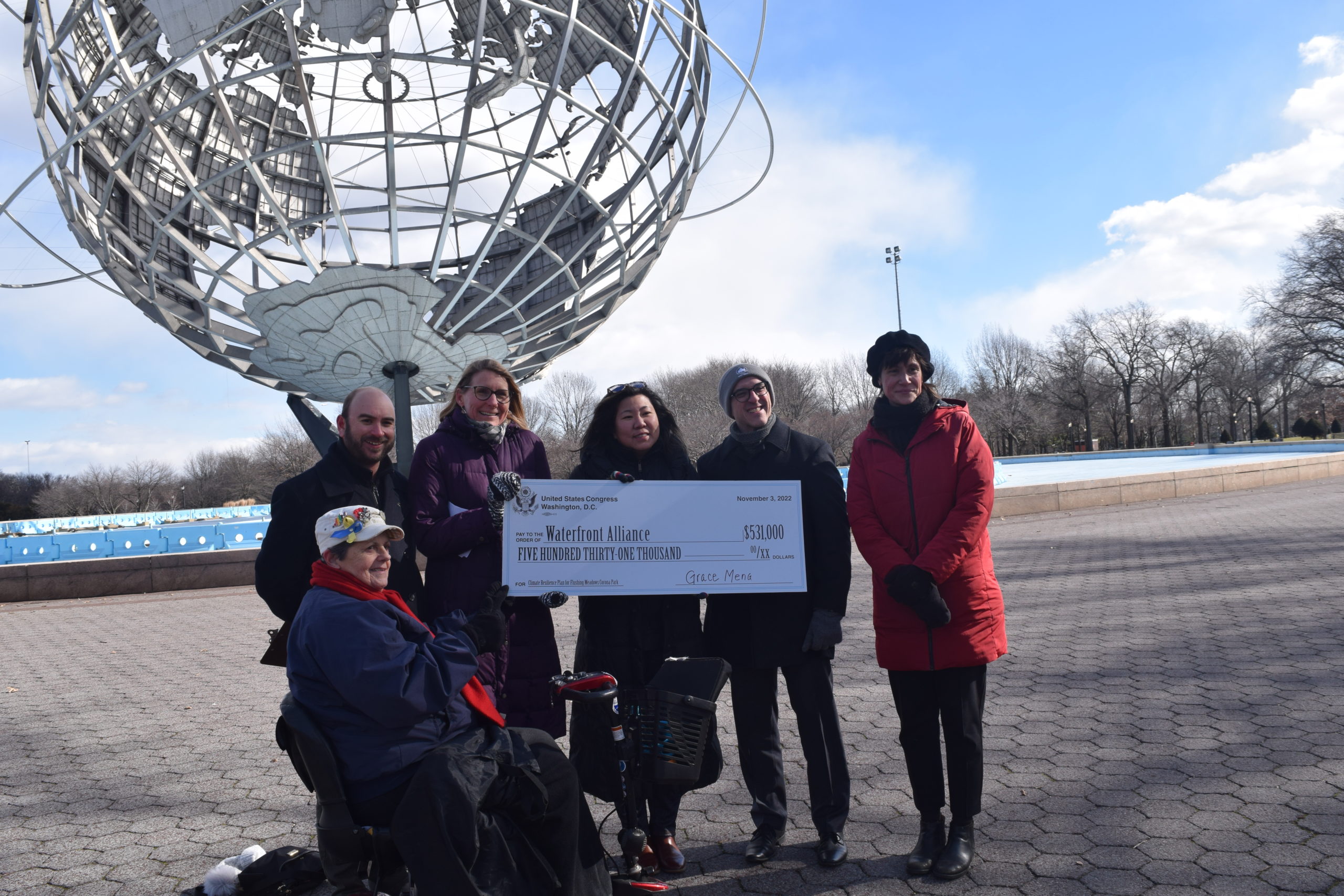By Stephanie Meditz
news@queensledger.com

“The Challenge to Defy Gravity” will feature several special guests, including The Savoy Swingers.
This Black History Month, Flushing Town Hall will once again celebrate Black history and culture with its Black History Trilogy.
The Trilogy is a series of three performances by a lineup of artists who pay homage to Black culture and iconic performers.
The first installment took place on Feb. 3 with The Chuck Berry Rock & Roll Concert Party, featuring vocalist and guitarist Keith “The Captain” Gamble.
The Trilogy will continue on Feb. 10 at 7 p.m. with “The Challenge to Defy Gravity,” a workshop and dance performance presented by choreographer Mickey Davidson.
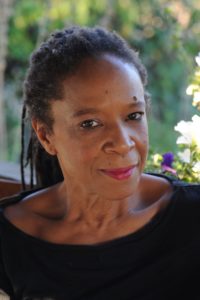
Mickey Davidson will bring swing-era dance moves to Flushing Town Hall on Feb. 10.
“The night will consist of a tapestry of cultural expressions that were popular at the same time as the Lindy Hop,” Davidson said. “The title ‘Defying Gravity’ symbolizes the air steps that the specialized dancers who danced in the northeast corner of the Savoy Ballroom did.”
Known as the “Home of Happy Feet,” the Savoy Ballroom was a place of social movement during the swing era that cultivated the Lindy Hop.
“Dance steps that migrated with the people to the big cities such as New York found their way into the Savoy Ballroom,” she said. “As a dancer and as an African American dancer, the history of African American dance has always been important to me in finding my own identity and my own pride in my culture.”
Davidson has studied with Norma Miller, Frankie Manning and Alfred “Pepsi” Bethel, some of the most influential dancers and choreographers of the swing era.
“For me personally, I see this period of dance as a real blending of Afrocentric and Eurocentric cultural concepts that developed here in America as a result of us all living together,” she said. “And the music and the dance are one, they’re not separate. So when you do this dance, you are moving musically. You’re listening and it’s a three-way street between two people and the music…it’s part of an overall story of a people.”
The Big City Stompers, who work specifically on air steps, will demonstrate the swift movements and literally defy gravity at the performance.
Not only will audience members see these steps in action, but they will experience dancing with a partner to live music in real time.
Prior to the performance, there will be a workshop in which all attendees can learn and experience swing-era dancing firsthand, regardless of prior dance experience.
“Culturally, that was the learning process in the African American community with this type of dancing,” Davidson said. “You come, you become part of a community and you learn on the dance floor. And so we are mixing…the European process of giving directions and counts with just allowing yourself to have an experience.”
Davidson will collaborate with band leader and longtime musician, Patience Higgins.
“We’re all performing, dancing, playing music from our hearts and from the essence of who we are as artists in the music of jazz,” she said.
Davidson is primary choreographer and director for Mickey D. & Friends, a group of artists, dancers, and musicians that explore the interlocking relationships between movement and music.
The group performs various types of African American dance, including tap, sanding, swing, modern, jazz and abstract jazz.
Tickets for “The Challenge to Defy Gravity” are available for $15 or $12 for members, seniors and students with ID at https://www.flushingtownhall.org/bhm-trilogy-2-2023.
“I just like to have a good party, so come out and hang out because culturally, hanging out is a big part of learning and experiencing African American culture at its best,” Davidson said. “African American culture being developed in America includes all kinds of people and all kinds of expression. That’s what makes it a universal art. So if you like music, if you like being around people, if you like to dance…come hang out and have a good time, and let’s be a community.”
On Feb. 24 at 8 p.m., the Black History Trilogy will conclude with “Soul Men: The Music of Marvin Gaye, Otis Redding and More” featuring vocalist Billy Cliff.

On Feb. 24, Billy Cliff will pay tribute to some of the most iconic men in R&B/soul music.
The lineup will feature songs from iconic soul artists in film, R&B and pop music.
“We’re doing all this music just to commemorate all these great men who have contributed to soul music,” Cliff said.
Originally a child actor at the Amas Repertory Theatre, Cliff discovered his powerful voice and began singing in choirs.
His first professional gig was singing backup for R&B singer Angela Bofill.
“That was really the beginning of my career. From there, I was singing background for a lot of different people,” he said. “I sang background for Maxwell, to singing lead for Kool & The Gang and singing lead for Spyro Gyra. And then ended up on a two year tour with the Pet Shop Boys in Europe and around the world.”
As a musician, Cliff is most inspired by Marvin Gaye, primarily because he wrote and produced music with a message.
“[Soul music] is about the stories and the people. A lot of it had to do with the people who made the music,” he said. “That’s one thing about soul music: you’ve always got great people doing this music that is basically a music of people who have…lived through something, people who have experienced real life.”
Cliff’s music career was also influenced by his mother, Tina Fabrique, who sang the theme song for Reading Rainbow. Last year, Fabrique closed out Flushing Town Hall’s Black History Trilogy paying homage to Gospel with “The Power & The Glory—Music of the Black Church.”
“The producer of the show called my mother and said, ‘Hey, I need a guy who can really do a great tribute to soul men.’ She said, ‘Oh, my son is a great performer,’” he said. “So that’s how this all came to be, pretty much.”
During his 30 years in the industry, Cliff has worked with big names such as Freddie Jackson, Ashford & Simpson, The Blues Brothers Band and Steve Cropper, who wrote “(Sittin’ On) the Dock of the Bay” with Otis Redding.
Cliff will release an EP of new, original music in the spring.
“I’m trying to dismiss the myth that after 50 years old, you can’t get out here and do something that’s meaningful and that will touch people in the world, musically,” he said. “I want people to know that, as long as you’ve got a great heart, you’ve got a great mind and your body’s not too far away from those two, that you can get out here and you can do something and inspire folks.”
Tickets for “Soul Men” are available for $15 or $12 for members, seniors and students with ID at https://www.flushingtownhall.org/bhm-trilogy-3-2023.
“This month being Black music month, it’s a great time for people to come out and see and hear some of the greatest R&B and soul music in history,” Cliff said.
